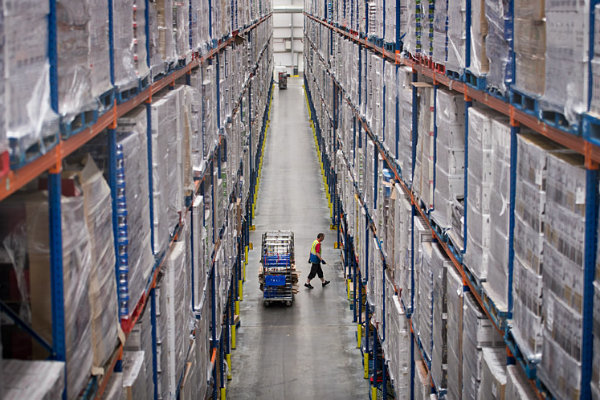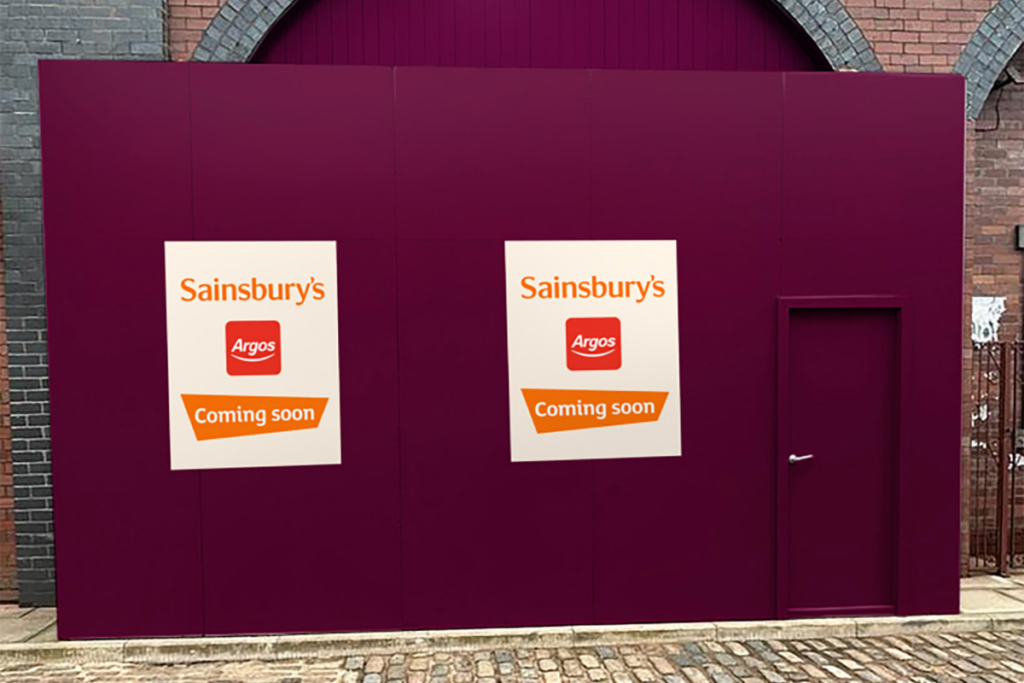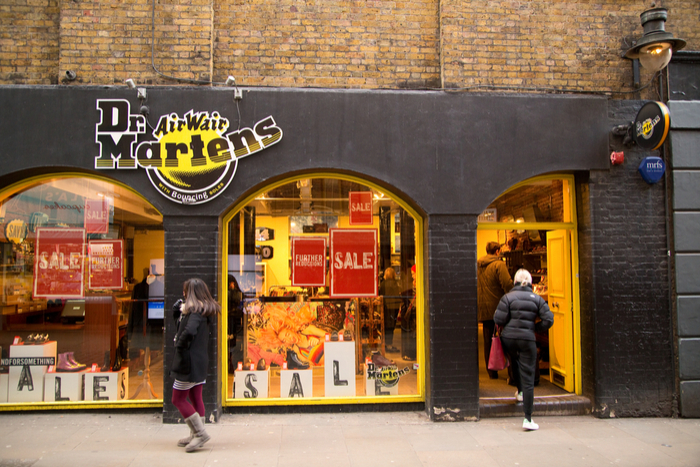The runaway growth of ecommerce may be swiftly de-railed in a few years, as a new report suggests that warehouse space is simply not growing fast enough to meet demand.
The study, coming from property consultancy Lambert Smith Hampton (LSH), found that, even if current rates of warehouse construction continued, by 2020 the demand for industrial space will exceed supply by 25m sq. ft.
Certain retailers such as Amazon and Tesco rely on a network of warehouses in order to both keep goods sufficiently in stock and to be able to deliver them in a short amount of time. According to LSH, a “significant and unprecedented increase” in the building of warehouse space is necessary to ensure that this can continue.
“E-commerce in the UK is not just growing rapidly, but it‘s also evolving as retailers attempt to satisfy consumer demand ever more quickly and efficiently,” said Steve Williams, National Head of Industrial and Logistics at LSH. “This is resulting in unprecedented demand for strategically located logistics warehouse space across many parts of the country.
Unless developers start building warehouses at a rate that we haven‘t witnessed during the 20 years I‘ve been working in the sector, or major occupiers such as Amazon are prepared to wait 12 months for delivery [of new warehouses] by building it themselves, we could run out of logistics space before the end of the decade. That has serious implications for internet retailing.”
Reliability and quick deliveries are a staple of ecommerce for many of the larger retailers; last year‘s holiday season saw retailers climbing over each other to provide the best deals, and even now services like Amazon Prime are continuing to grow in popularity.
According to the British Retail Consortium, online sales of non-food products in the UK increased by 10.7% in February. Though below the annual average growth rate of 12.9%, this is still a marked increase compared to the same month last year.


















